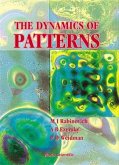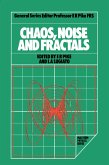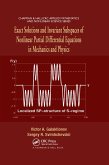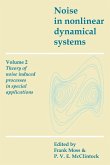Contains introductory chapters by the editor, and 16 important reprints by specialists in nonlinear science. The book may be used as a textbook at the undergraduate or graduate level, as well as for self-study. Sample projects, some of which are described in detail, and PC programmes are included.
Almost all real systems are nonlinear. For a nonlinear system the superposition principle breaks down: The system's response is not proportional to the stimulus it receives; the whole is more than the sum of its parts. The three parts of this book contains the basics of nonlinear science, with applications in physics. Part I contains an overview of fractals, chaos, solitons, pattern formation, cellular automata and complex systems. In Part II, 14 reviews and essays by pioneers, as well as 10 research articles are reprinted. Part III collects 17 students projects, with computer algorithms for simulation models included.The book can be used for self-study, as a textbook for a one-semester course, or as supplement to other courses in linear or nonlinear systems. The reader should have some knowledge in introductory college physics. No mathematics beyond calculus and no computer literacy are assumed.
Hinweis: Dieser Artikel kann nur an eine deutsche Lieferadresse ausgeliefert werden.
Almost all real systems are nonlinear. For a nonlinear system the superposition principle breaks down: The system's response is not proportional to the stimulus it receives; the whole is more than the sum of its parts. The three parts of this book contains the basics of nonlinear science, with applications in physics. Part I contains an overview of fractals, chaos, solitons, pattern formation, cellular automata and complex systems. In Part II, 14 reviews and essays by pioneers, as well as 10 research articles are reprinted. Part III collects 17 students projects, with computer algorithms for simulation models included.The book can be used for self-study, as a textbook for a one-semester course, or as supplement to other courses in linear or nonlinear systems. The reader should have some knowledge in introductory college physics. No mathematics beyond calculus and no computer literacy are assumed.
Hinweis: Dieser Artikel kann nur an eine deutsche Lieferadresse ausgeliefert werden.








